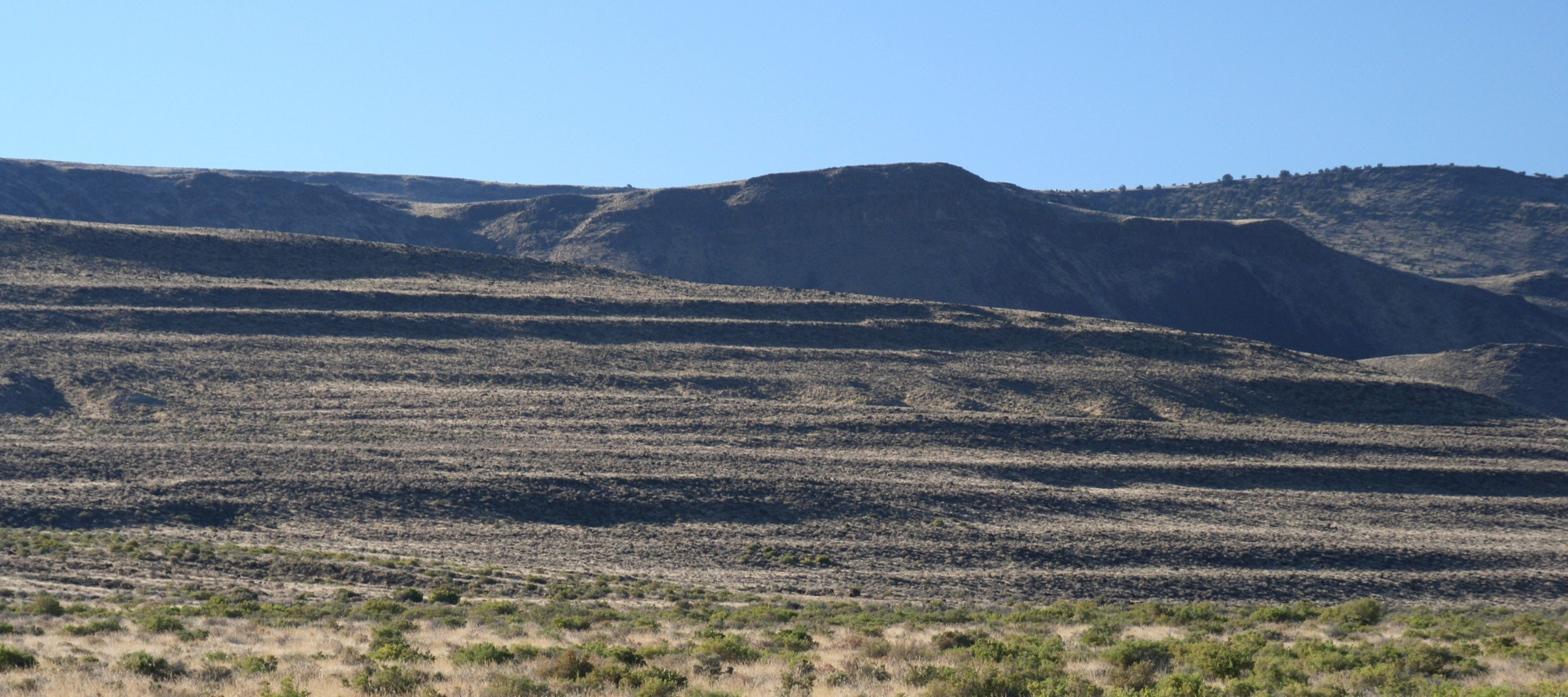
Extinct lakes provide clues about future climate conditions
To understand and predict the full impacts of climate change, researchers often look to the past when drastic variations in climate completely changed the landscape.
According to new research, dried up fossil lake beds in the desert in the western United States reveal how both warm and cool climates triggered precipitation and lake formation.
Ancient lakes in Utah and northwestern Nevada existed during two periods with very different climates. The first was the ice age maxima which occurred 14 to 30 thousand years ago when temperatures were 4 to 6 degrees colder than average.
The second period, the Pliocene epoch, took place around 300 million years ago and had much warmer temperatures.
The team of Stanford University researchers set out to found out how could lakes exist under such opposite extremes and what this could mean for a warmer future due to human-driven climate change.
“Why are there lake systems under both colder and warmer climates, but not today?” asked Daniel Ibarra, the study’s lead author.
To examine this dichotomy, the researchers collected data on ancient lake beds and how temperature and precipitation extremes could allow for lakes to thrive under both dry and cool climates.
Lake models were made with both the colder and warmer environments during the two clashing periods.
The researchers discovered that increased precipitation and decreased evaporation formed large lakes in Nevada and Utah.
During the middle of Pliocene epoch, an increase in precipitation also formed lakes in the western United States, and the conditions during that time are comparable to the climates during a modern El Nino period.
The results of the study show that warmer and colder climates over a long period of time can create increased precipitation, which is ideal for the formation and sustainability of lakes.
The fact that modern El Nino conditions are similar to the middle of the Pliocene epoch is helpful for future climate prediction studies.
“This work illustrates the importance of understanding how the El Niño Southern Oscillation drives precipitation patterns in arid regions, which is important for future water resources planning for the western United States,” said Ibarra.
—
By Kay Vandette, Earth.com Staff Writer
Photo credit: Anne Egger













